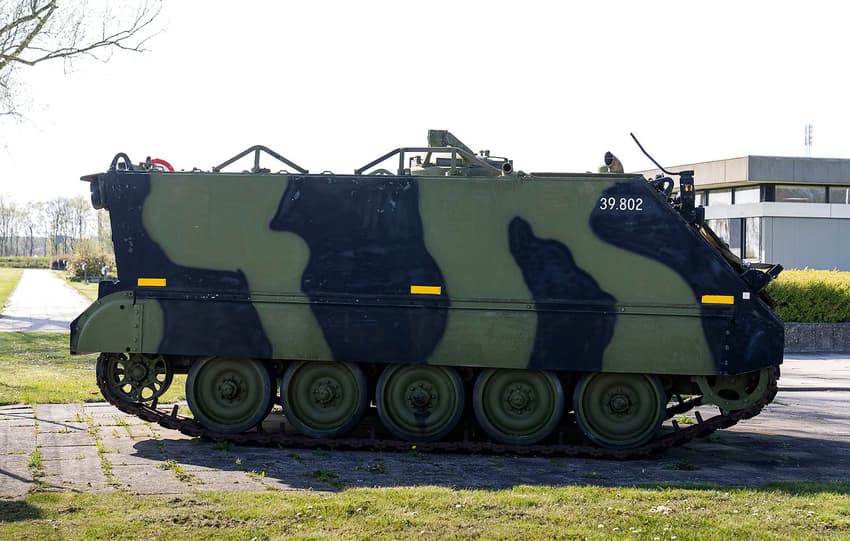Denmark begins largest military deployment in 23 years

There will be an increase in military traffic across Denmark this weekend, as the country begins the largest deployment of manpower and equipment in Europe since Kosovo in 1999, according to Denmark's Defence Ministry.
Hundreds of vehicles and equipment will initially be transported from Denmark's barracks and other places to the Port of Køge, from where it will sail to Latvia next week, as part of NATO's deterrence mission against Russia.
On Thursday, Parliament approved sending a combat battalion with up to 1,000 Danish soldiers to Latvia, and both they and their equipment and vehicles will fill the roads this weekend, the Danish Defence Ministry said.
This means increased military traffic on country roads and motorways: for example, the Training Regiment in Aalborg has to move vehicles from North Jutland via Funen to Køge.
"It is a clear signal to the Baltic countries that we take their security situation seriously," Foreign Minister Jeppe Kofod said on Thursday.
The soldiers are expected to be ready to enter NATO command from the beginning of May, to help deter potential threats in the eastern part of Europe, which borders Russia.
According to Danish military, the increase in the number of Danish soldiers in Latvia is part of an already existing collaboration with the Baltic countries.
In recent years, Denmark has carried out various military missions and training exercises with the Baltic soldiers.
In addition to the vehicles and battalion group, Denmark has also supplied NATO with a surveillance aircraft, a frigate warship and mobile air defence radar.
Back in early March, Danish military established a temporary military area at Køge Harbour, where military material has previously been shipped.
Denmark is also increasing its military equipment and weapons contribution to Ukraine by 600 million kroner, Prime Minister Mette Frederiksen said at a briefing on Thursday after meeting with Ukrainian president Volodymyr Zelensky.
READ MORE:
Comments
See Also
Hundreds of vehicles and equipment will initially be transported from Denmark's barracks and other places to the Port of Køge, from where it will sail to Latvia next week, as part of NATO's deterrence mission against Russia.
On Thursday, Parliament approved sending a combat battalion with up to 1,000 Danish soldiers to Latvia, and both they and their equipment and vehicles will fill the roads this weekend, the Danish Defence Ministry said.
This means increased military traffic on country roads and motorways: for example, the Training Regiment in Aalborg has to move vehicles from North Jutland via Funen to Køge.
"It is a clear signal to the Baltic countries that we take their security situation seriously," Foreign Minister Jeppe Kofod said on Thursday.
The soldiers are expected to be ready to enter NATO command from the beginning of May, to help deter potential threats in the eastern part of Europe, which borders Russia.
According to Danish military, the increase in the number of Danish soldiers in Latvia is part of an already existing collaboration with the Baltic countries.
In recent years, Denmark has carried out various military missions and training exercises with the Baltic soldiers.
In addition to the vehicles and battalion group, Denmark has also supplied NATO with a surveillance aircraft, a frigate warship and mobile air defence radar.
Back in early March, Danish military established a temporary military area at Køge Harbour, where military material has previously been shipped.
Denmark is also increasing its military equipment and weapons contribution to Ukraine by 600 million kroner, Prime Minister Mette Frederiksen said at a briefing on Thursday after meeting with Ukrainian president Volodymyr Zelensky.
READ MORE:
Join the conversation in our comments section below. Share your own views and experience and if you have a question or suggestion for our journalists then email us at [email protected].
Please keep comments civil, constructive and on topic – and make sure to read our terms of use before getting involved.
Please log in here to leave a comment.